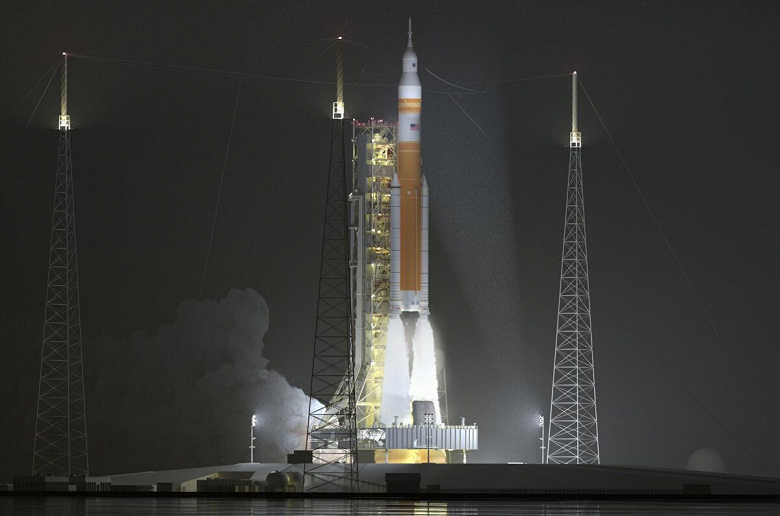NASA’s plans to acquire SLS services will not result in expected cost reductions, according to a report from the Office of Inspector General. It is recommended to leave the option of using alternative media for cost savings and flexibility.
NASA’s plans to acquire future Space Launch System launches will likely not result in the expected cost savings, the Office of Inspector General (NASA OIG) has concluded, recommending that NASA remain open to alternative launch vehicles.
The report said the agency concluded that the projected 50% reduction in SLS launch costs that NASA announced when moving to a services contract was “highly unrealistic” and the rocket’s cost would likely remain above $2 billion. throughout the near future.

In July 2022, NASA announced its intention to move to a services contract called the Exploration Production and Operations Contract (EPOC) for missions starting with Artemis 5 in the late 2020s. The contract will be awarded to Deep Space Transport and a joint venture between Boeing and Northrop Grumman, which are the primary contractors for the rocket elements.
NASA has previously stated that it intends to achieve “substantial savings of 50% or more on current market costs” by moving to an EPOC contract. Additionally, it would open up the possibility of using SLS for missions unrelated to the Artemis lunar program.
In the report, the Office of Inspector General concluded that both reducing costs and attracting additional customers for SLS launches is implausible. The Block 1B version of SLS, which will be used starting with Artemis 4, will initially cost $2.5 billion to launch, according to the report. A 50% cost reduction under EPOC would mean the cost of SLS would drop to $1.25 billion per launch.
NASA officials acknowledged that the 50% cost reduction goal was “a dream not supported by actual analysis,” and the agency expressed skepticism about the achievability of this goal.
NASA’s cost-cutting plans with SLS rocket unlikely to deliver expected savings
Although Boeing believes that a 50% cost reduction under EPOC is an achievable goal, our audits conclude that this goal is unrealistic
The skepticism stems from estimates of ongoing cost-cutting efforts that have fallen short of expected savings, such as center-stage assembly for the SLS and the resumption of RS-25 engine production. The report also found that the lack of competition would make it difficult for NASA to negotiate cost reductions.
Based on its assessment of existing contracts and availability programs, the Office has concluded that the cost of SLS will remain above $2 billion per launch for the first 10 launches under the EPOC contract. It is also noted that the extent of savings may increase with fixed-price contracts compared to variable-cost contracts for EPOC.
Part of the cost-cutting strategy is to attract additional customers for SLS to increase launch frequency and reduce costs per launch. However, the report notes that attempts to find other clients for the SLS launch, including the Pentagon, were unsuccessful, and potential customers preferred existing or new rockets being developed by Blue Origin, SpaceX, and ULA.
The agency indicates that SLS is currently the only launch vehicle capable of launching the Orion spacecraft, but that could change in the future.
Other commercial alternatives may become available over the next 3-5 years. In our opinion, NASA should continue to monitor the commercial development of heavy-lift space systems and begin a discussion about whether it makes financial and strategic sense to consider these options as part of the agency’s long-term plans to support its ambitious space goals
The Office of Inspector General’s report was the second in as many months to be critical of the cost of the SLS, a key element of NASA’s Artemis lunar program. A Sept. 7 Government Accountability Office report criticized NASA for its lack of transparency about the cost of SLS at a time when those costs are rising under existing contracts.
“Senior agency officials have advised us that at current cost levels, the SLS program is unaffordable and exceeds the budget that will be available to NASA for the Artemis missions,” the Government Accountability Office report said.




